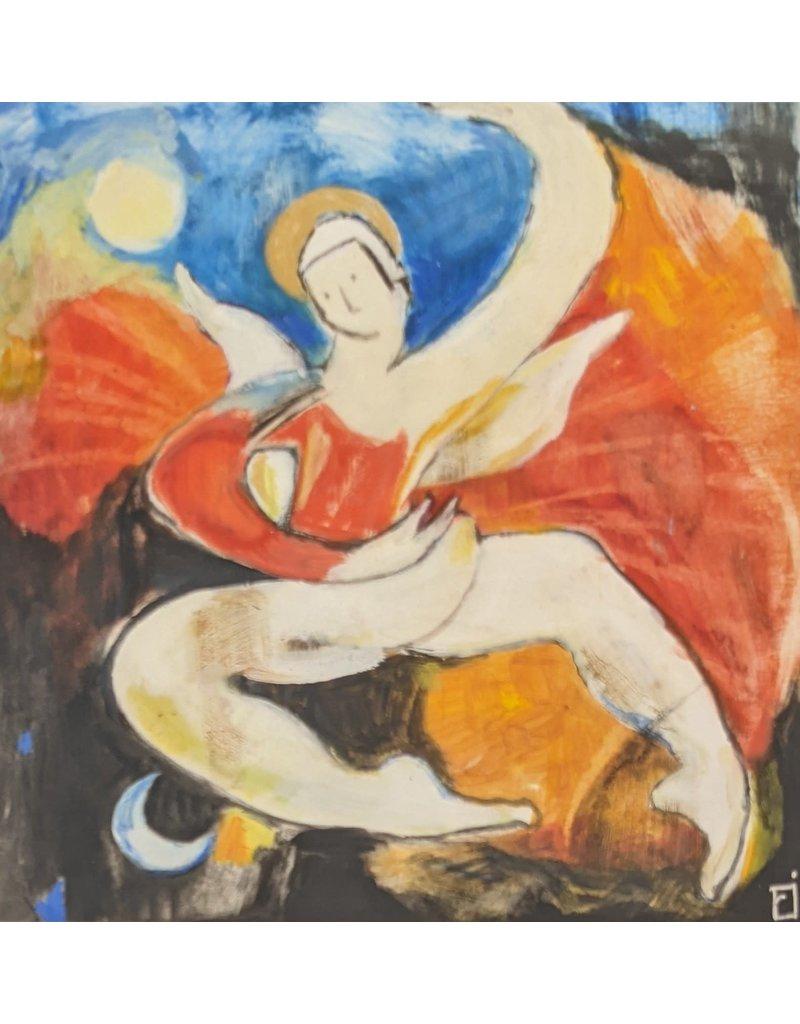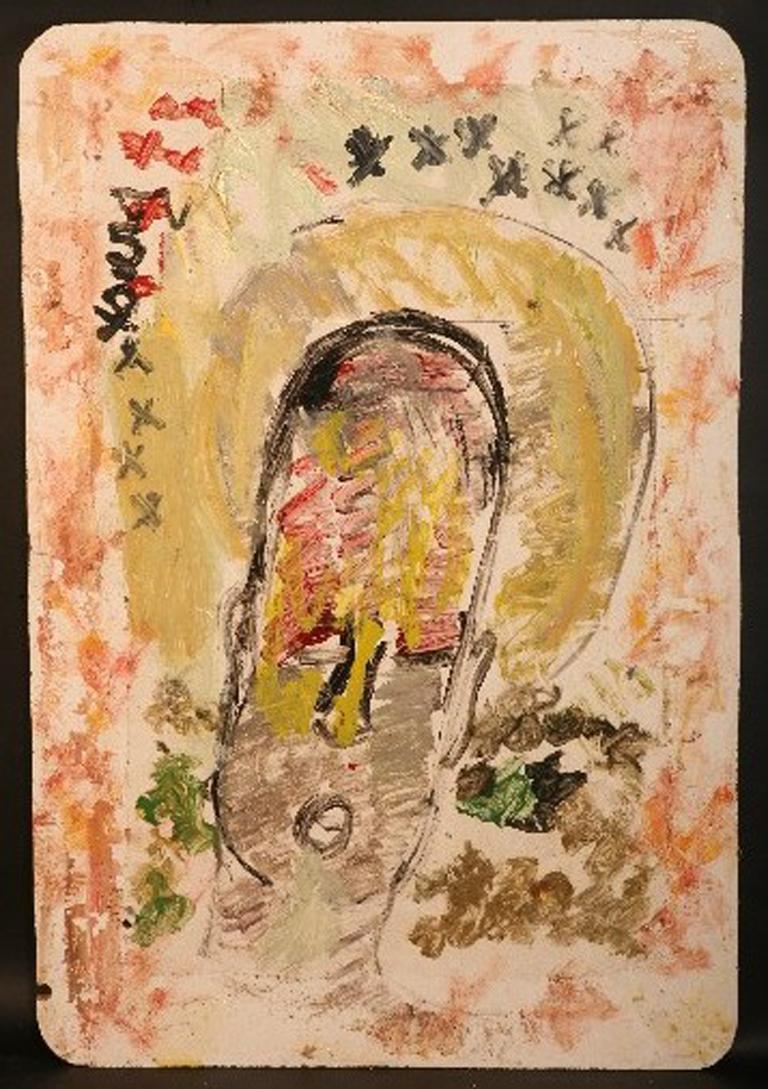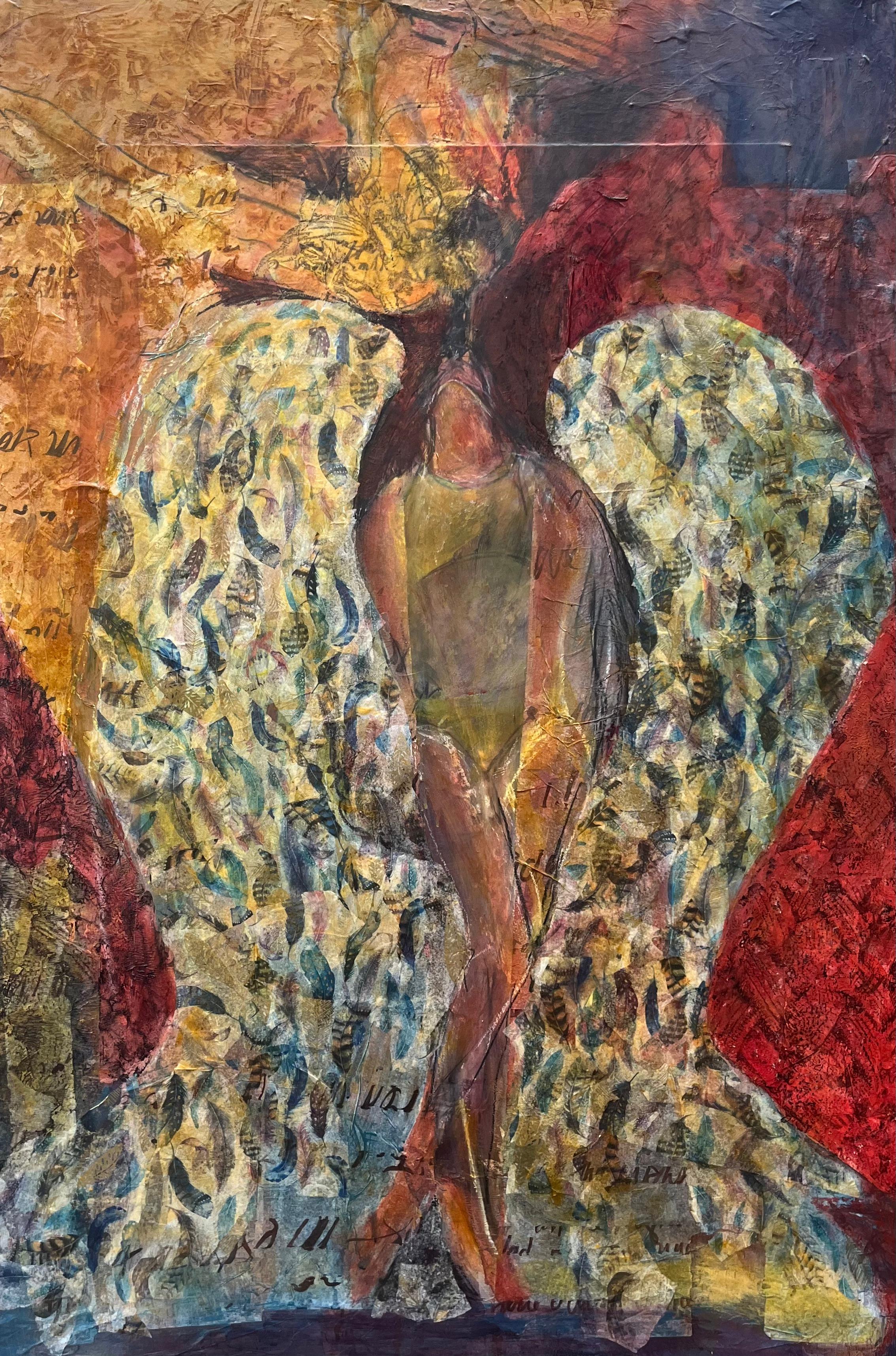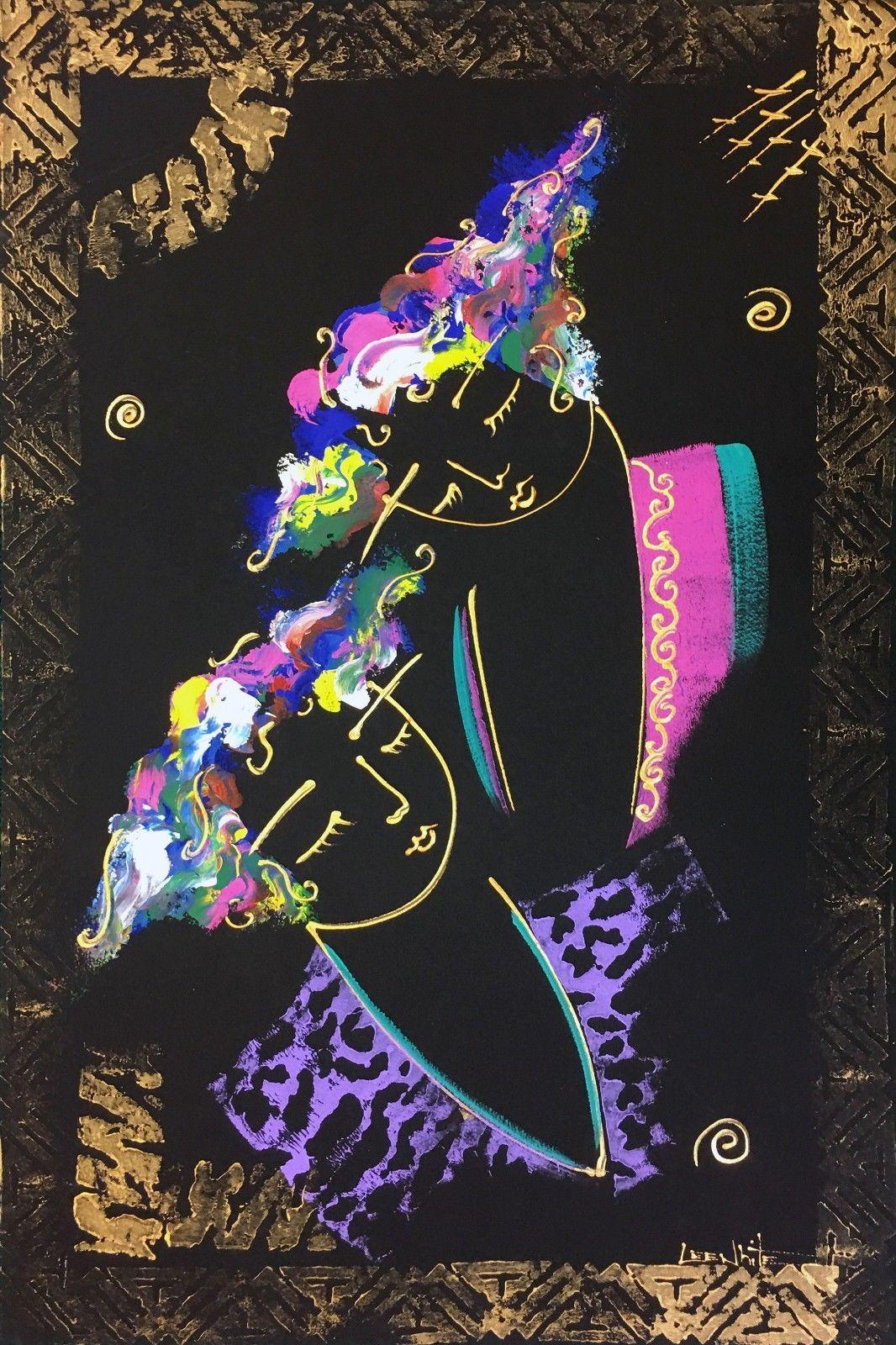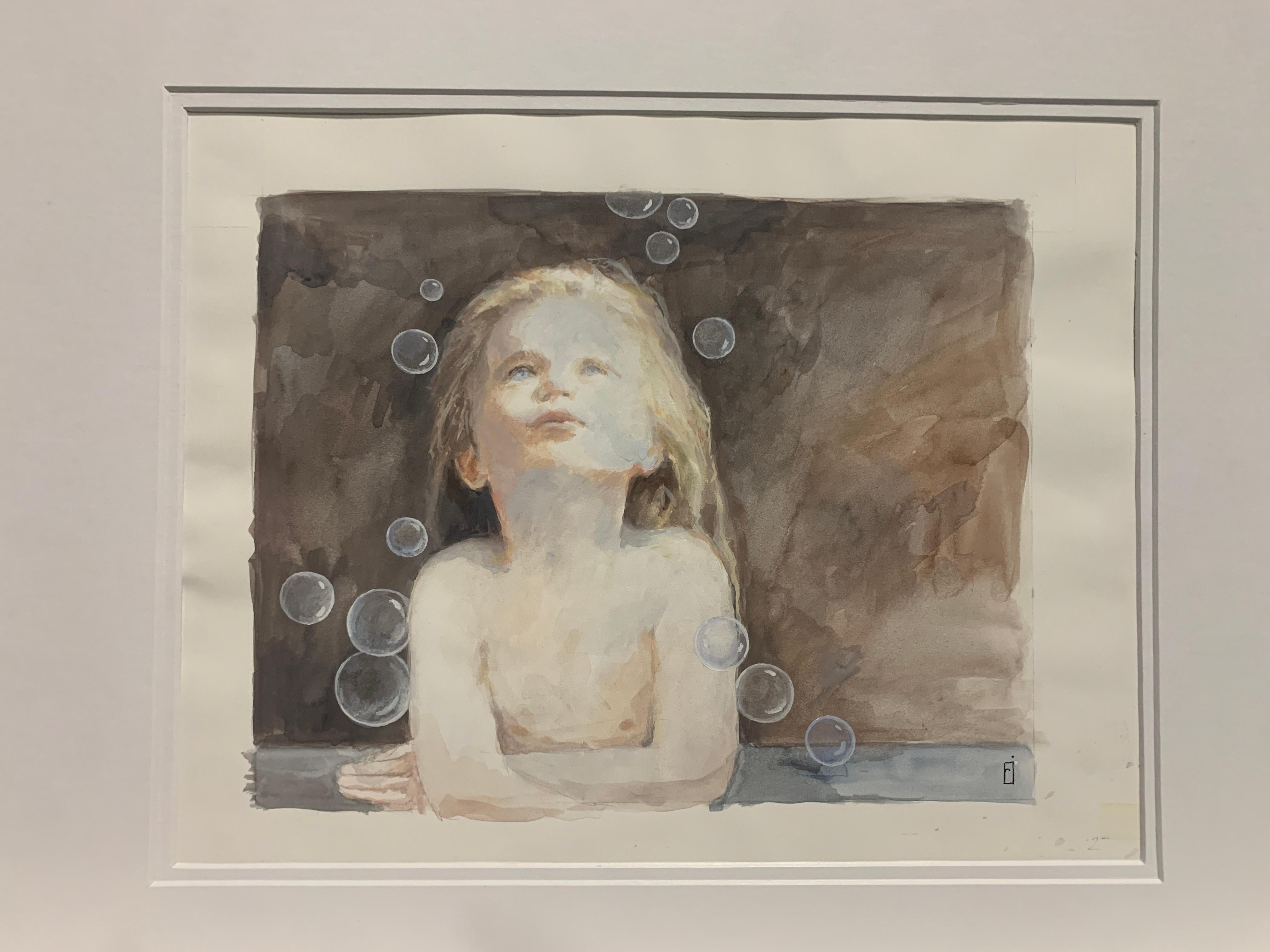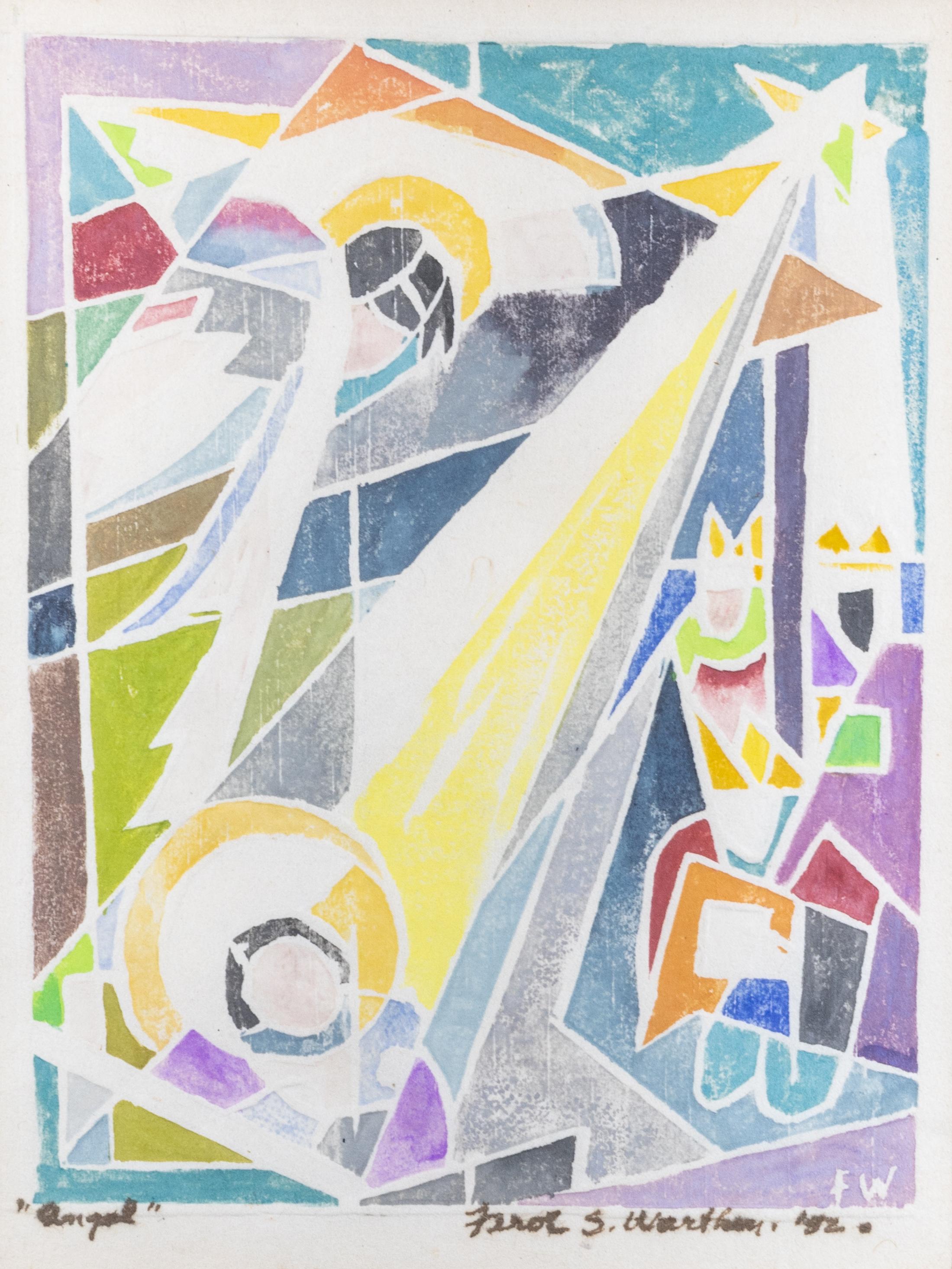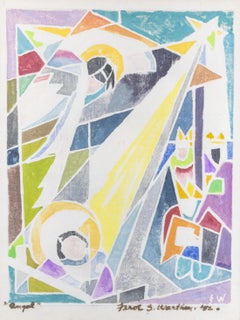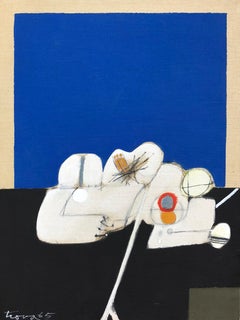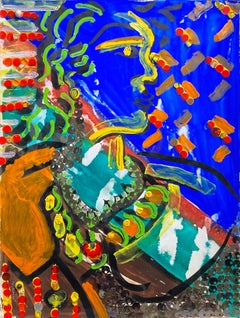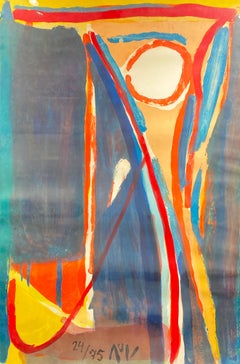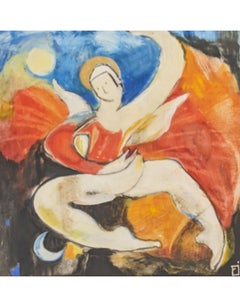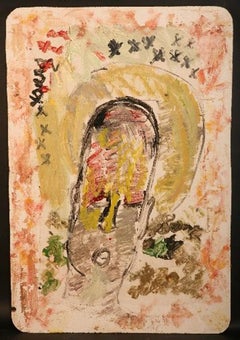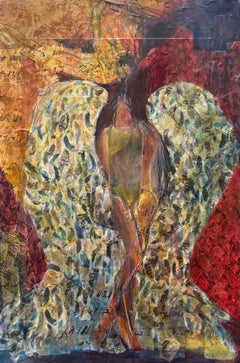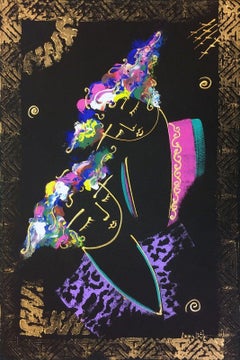Want more images or videos?
Request additional images or videos from the seller
1 of 6
Ted (Ettore) De GraziaAngel1979
1979
Price Upon Request
Price Upon Request
Price Upon Request
Price Upon Request
Price Upon Request
Price Upon Request
Price Upon Request
Price Upon Request
Price Upon Request
Price Upon Request
About the Item
"Angel" 1979
Color Lithograph
Ed. 15/70
Pencil Signed and Number
Image: Approx. 25 x 20
Framed Size: 34 1/2 x 28 1/4
- Creator:Ted (Ettore) De Grazia (1909 - 1982, American)
- Creation Year:1979
- Dimensions:Height: 34.5 in (87.63 cm)Width: 28.25 in (71.76 cm)
- Medium:
- Movement & Style:
- Period:
- Condition:Please email or call if you have any questions or need more detailed images.
- Gallery Location:Missouri, MO
- Reference Number:1stDibs: LU74732243903
About the Seller
5.0
Vetted Professional Seller
Every seller passes strict standards for authenticity and reliability
Established in 1970
1stDibs seller since 2017
156 sales on 1stDibs
Typical response time: Several days
- ShippingRetrieving quote...Shipping from: Missouri, MO
- Return Policy
More From This Seller
View AllAngel
Located in Missouri, MO
Angel, 1952
Ferol K. Sibley Warthen (American, 1890-1986)
Color Woodblock Print
6.5 x 5 inches
16 x 13.75 inches with frame
Signed Lower Right
Titled Lower Left
Born 1890, Died 1986...
Category
1950s American Modern Abstract Prints
Materials
Color
Figurative Abstract
By Ernest Tino Trova
Located in Missouri, MO
Ernest Tino Trova
"Figurative Abstract" 1965
Oil on Canvas
approx 17 x 12.5 inches
Signed and Dated Lower Right
Known for his Falling Man series in abstract figural sculpture, he cr...
Category
1960s American Modern Abstract Paintings
Materials
Canvas, Oil
Price Upon Request
Alphonsine
By Robert Kushner
Located in Missouri, MO
Robert Kushner (American, b. 1949)
Alphonsine, 1983
30 x 22 inches without frame
32.75 x 25 inches with frame
Titled Lower Left
Signed and dated Mid Lower Right
A member of the Patt...
Category
1980s American Modern Mixed Media
Materials
Paper, Mixed Media, Acrylic
Price Upon Request
Abstract (Edition 24/75)
By Bram Van Velde
Located in Missouri, MO
Abstract (Edition 24/75)
By Bram van Velde (1895-1981)
Signed and Numbered Bottom Center
Without Frame: 37" x 24"
With Frame: 37.75" x 24.75"
Bram (Abraham Gerardus) van Velde was a Dutch painter known for an intensely colored and geometric semi-representational painting style related to Tachisme*, and Lyrical Abstraction*. He is often seen as member of the School of Paris* but his work resides somewhere between expressionism* and surrealism*, and evolved in the 1960s into an expressive abstract art. His paintings from the 1950s are similar to the contemporary work of Matisse, Picasso and the abstract expressionist Adolph Gottlieb. He was championed by a number of French-speaking writers, including Samuel Beckett and the poet André du...
Category
20th Century Abstract Abstract Prints
Materials
Lithograph
Price Upon Request
Shelter
By Xavier Bueno 1
Located in Missouri, MO
Xavier Bueno (Active Spain/Italy, 1891-1979)
"Shelter"
Oil on Canvas
Signed Upper Left
Framed Size: approx. 38 x 30 inches
Site Size: approx. 35 x 28 inc...
Category
Mid-20th Century Modern Figurative Paintings
Materials
Canvas, Oil
Price Upon Request
Abstract (Edition 48/100)
By Bram Van Velde
Located in Missouri, MO
Abstract (Edition 48/100)
By Bram van Velde (1895-1981)
Without Frame: 37" x 24"
With Frame: 37.75" x 24.75"
Signed and Numbered Bottom Left
Bram (Abraham Gerardus) van Velde was a Dutch painter known for an intensely colored and geometric semi-representational painting style related to Tachisme*, and Lyrical Abstraction*. He is often seen as member of the School of Paris* but his work resides somewhere between expressionism* and surrealism*, and evolved in the 1960s into an expressive abstract art. His paintings from the 1950s are similar to the contemporary work of Matisse, Picasso and the abstract expressionist Adolph Gottlieb. He was championed by a number of French-speaking writers, including Samuel Beckett and the poet André du...
Category
20th Century Abstract Abstract Prints
Materials
Lithograph
Price Upon Request
You May Also Like
Wings (Original)
Located in Toronto, ON
Original Mixed Media
Hand Signed by Rachel Isadora
Category
2010s Contemporary Mixed Media
Materials
Mixed Media
She's an Angel
By Purvis Young
Located in Fort Lauderdale, FL
Mixed Media house paint on wood
Category
1990s Abstract Mixed Media
Materials
Mixed Media, Wood, House Paint
Our Lady with Wings, Large Format Mixed Media 44 in x 30 in
Located in Santa Cruz, CA
Large format acrylic painting with cold wax, oil stick and layers of marked tissue paper introduces a new way of relating to materials and creating context. Through the layers of tis...
Category
2010s Contemporary Figurative Paintings
Materials
Acrylic, Wood Panel, Monoprint
$4,000 Sale Price
20% Off
UNKNOWN TITLE
By Lee White
Located in Aventura, FL
Original mixed media on paper. Hand signed by the artist. Artwork is in excellent condition. Certificate of authenticity included. All reasonable offers will be considered.
Category
20th Century Contemporary Portrait Prints
Materials
Paper, Mixed Media
$1,500 Sale Price
25% Off
Untitled VII
Located in Toronto, ON
14" x 11" Unframed
Mixed Media on Paper
Hand Signed by Rachel Isadora
Category
2010s Contemporary Figurative Paintings
Materials
Paper, Acrylic
Angels
By Ike Edward Morgan
Located in Dallas, TX
signed "Ike Edward Morgan" at lower left
Category
Late 20th Century Outsider Art Figurative Paintings
Materials
Canvas, Oil, Panel
$3,000
More Ways To Browse
Mr Brainwash Happy Birthday
Mucha Hamlet
Mucha Salon Des Cent
Murakami Champagne Supernova
Oldrich Kulhanek
Otto Kuhler On Sale
Pablo Picasso Etching 1966
Pablo Picasso La Ronde De La Jeunesse
Pablo Picasso Serie
Pablo Picasso Serigraph
Pamela Bianco
Paolo Toschi
Paris Street Scene Lithograph
Paul Stewart
Pe Felix
Peter Mats
Peter Max 1971
Peter Max 1973
